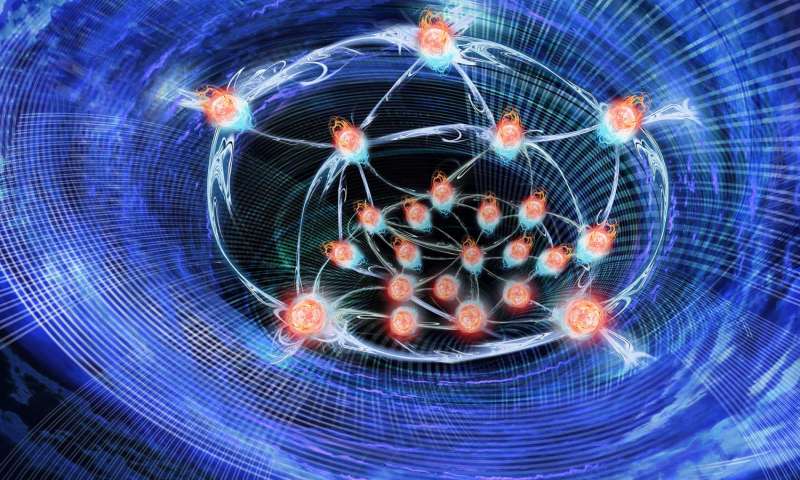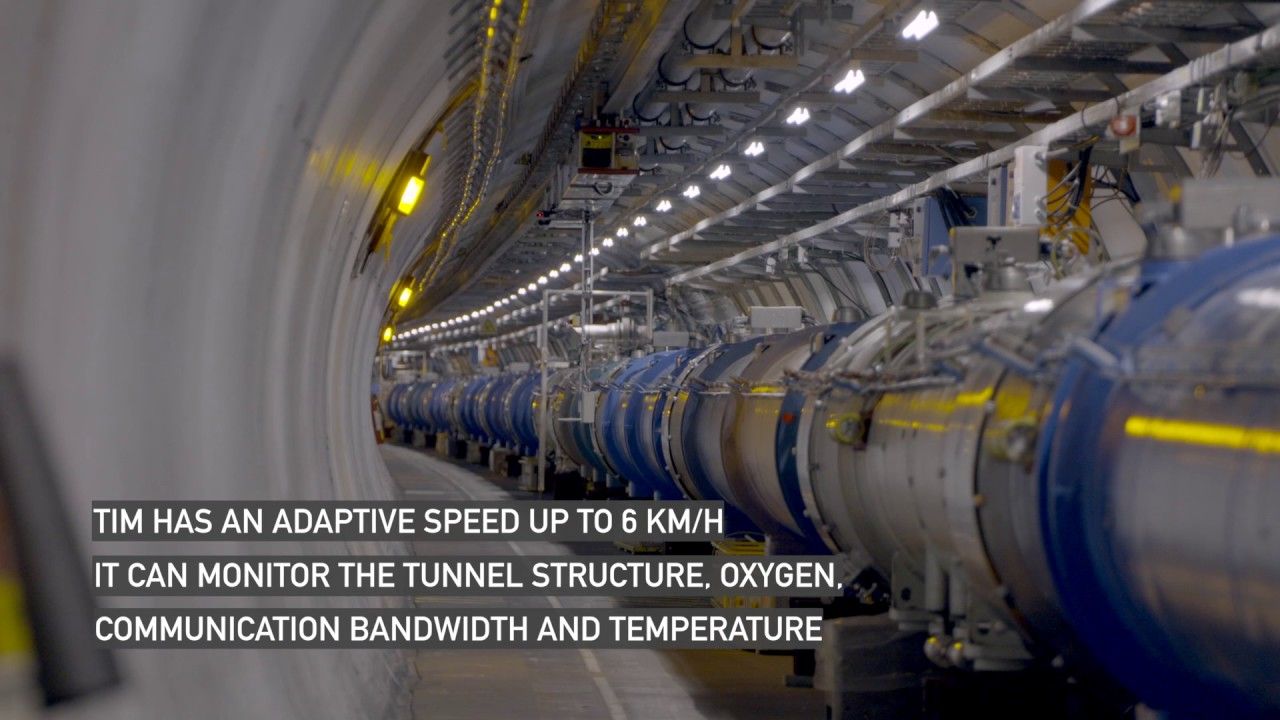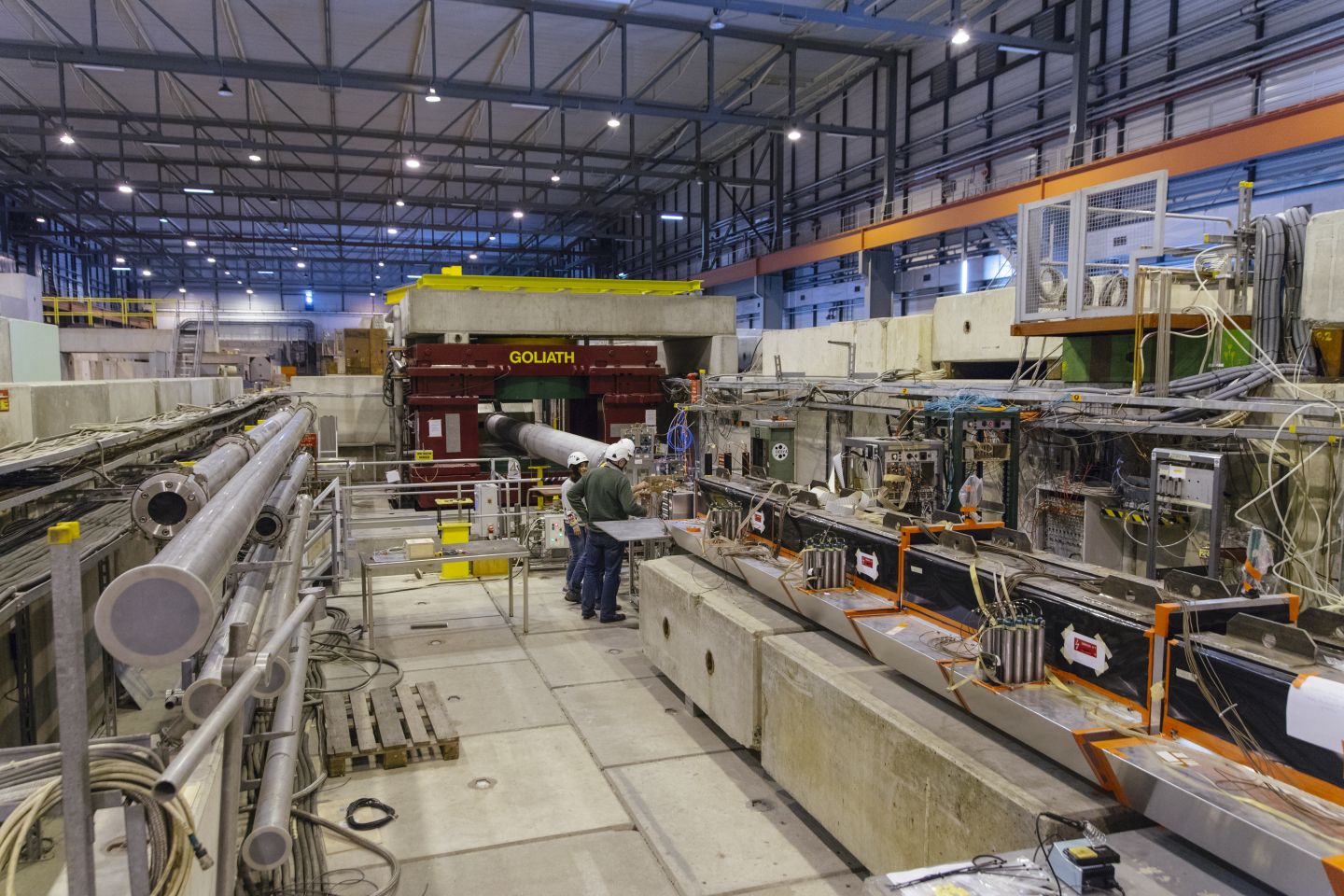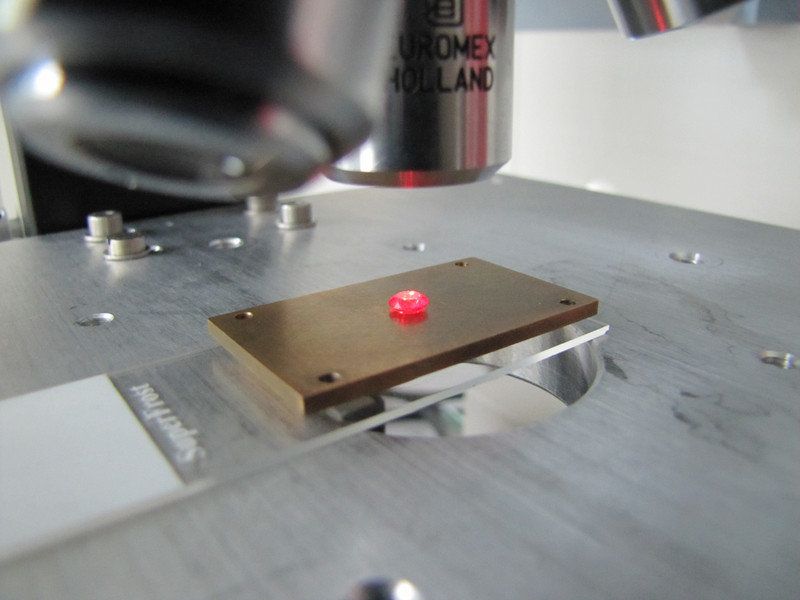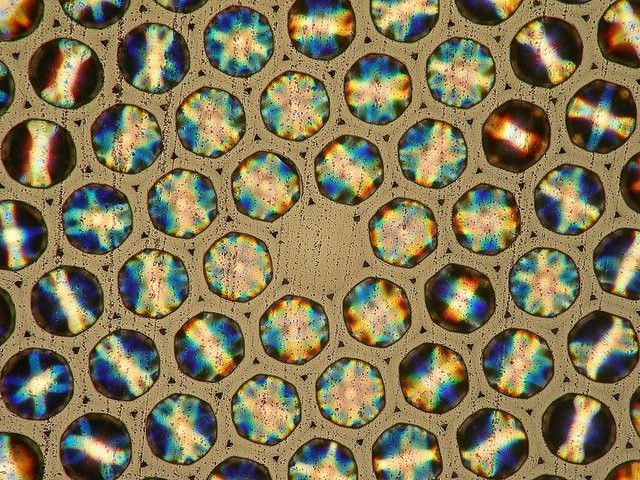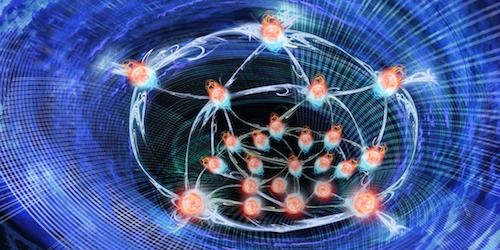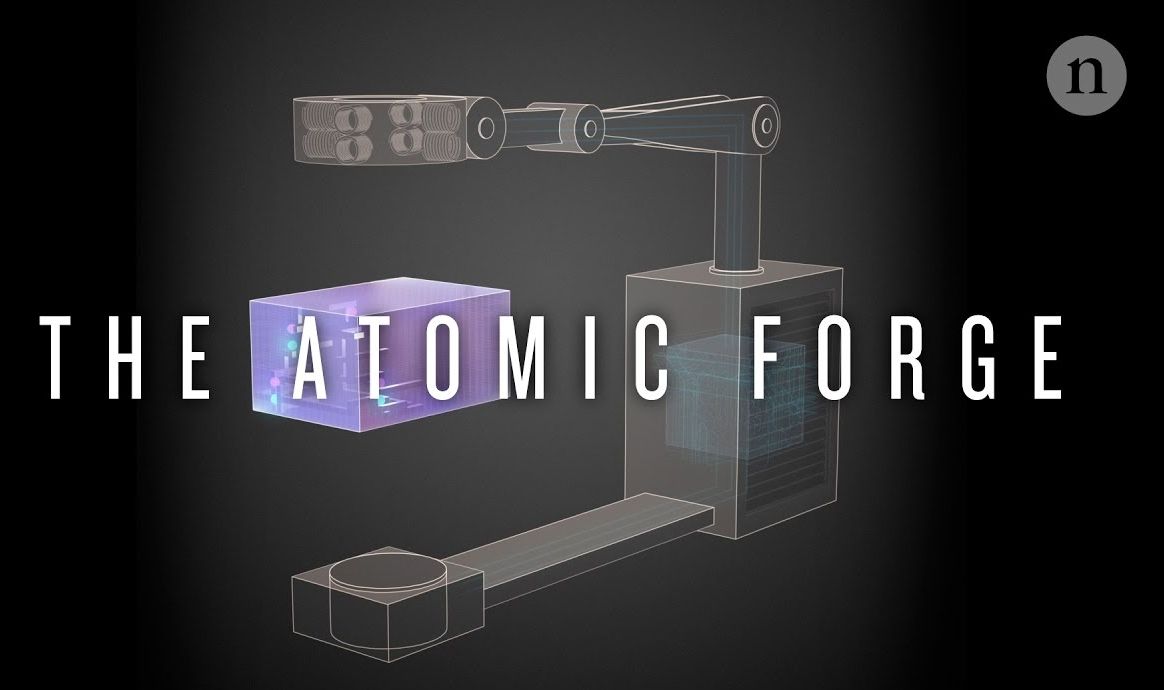Nov 28, 2016
Scientists have demonstrated a unique phase of matter
Posted by Shane Hinshaw in categories: particle physics, quantum physics
In experiments with magnetic atoms conducted at extremely low temperatures, scientists have demonstrated a unique phase of matter: the atoms form a new type of quantum liquid or quantum droplet state. These so called quantum droplets may preserve their form in absence of external confinement because of quantum effects. The joint team of experimental physicists from Innsbruck and theoretical physicists from Hannover report on their findings in the journal Physical Review X.$$!ad_code_content_spilt_video_ad!$$” Our Quantum droplets are in the gas phase but they still drop like a rock,” explains experimental physicist Francesca Ferlaino when talking about the fascinating experiment. In the laboratory, her team observed how macrodroplets formed in a quantum gas.
